Session 4B – Robotics and Digital Fabrication
Tuesday 30 March, 16:00 – 17:30 // Session Chair: Teng-Wen Chang
167 – Expanding the Role of Electro-Thermal Actuators Based on Carbon Nanotubes within the Fabrication of Pre-Programmed Material Composites
Tuesday 30 March, 16:00, Session 4B
Erez Ezra, Technion, Israel institute of Technology.
Shany Barath, Technion, Israel institute of Technology.
Taking a cue from research at the crossroads between chemistry, material science, and nanotechnology this paper examines the role of material-driven fabrication methods that enable the integration of pre-programmed geometrical expression onto customized thin-film composites from within a design mindset. Recent developments in electrothermal actuators (ETAs) have demonstrated low cost and ease of fabrication with relatively high precision deformation capabilities. We, therefore, explore ETAs based on Carbon Nanotubes (CNT) capable of reversible actuation in a controlled fashion by external stimuli. Our interest focuses on the ability to pre-program, deflection through intervention with the CNT application and composite layer configuration as well as exploring affordable and relatively accessible fabrication methodologies. These adaptive mechanisms displaying; controllable movements, unique actuations, and high thermal insulation suggest affordable and responsive opportunities for developing design applications capable of expanding the role of material agency in the physical context.
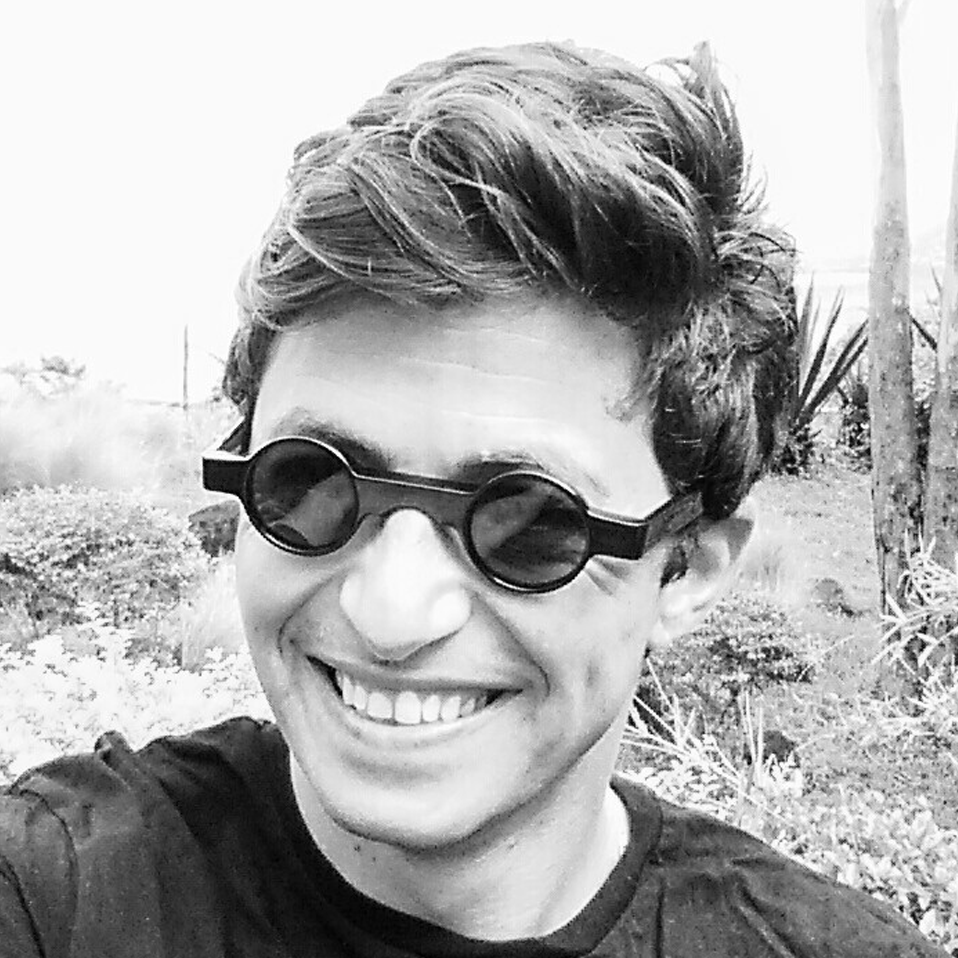
Erez is an Architect with a strong interest in (disruptive) Technology and Robotics. He holds a RIBA degree from the Architectural Association in London. During his studies, Erez trained at Amanda Levete Architects and founded “Plat_e_form” at the AA as experimental research on the future working habitats and learning methods. After graduating he joined 59 Productions, as a Spatial Designer working on various projects and Stage designs for the music, movie and theater industry. Erez joined D.DLAB at the Technion as a researcher and design tutor in 2018. He recently founded his own practice in Tel Aviv.
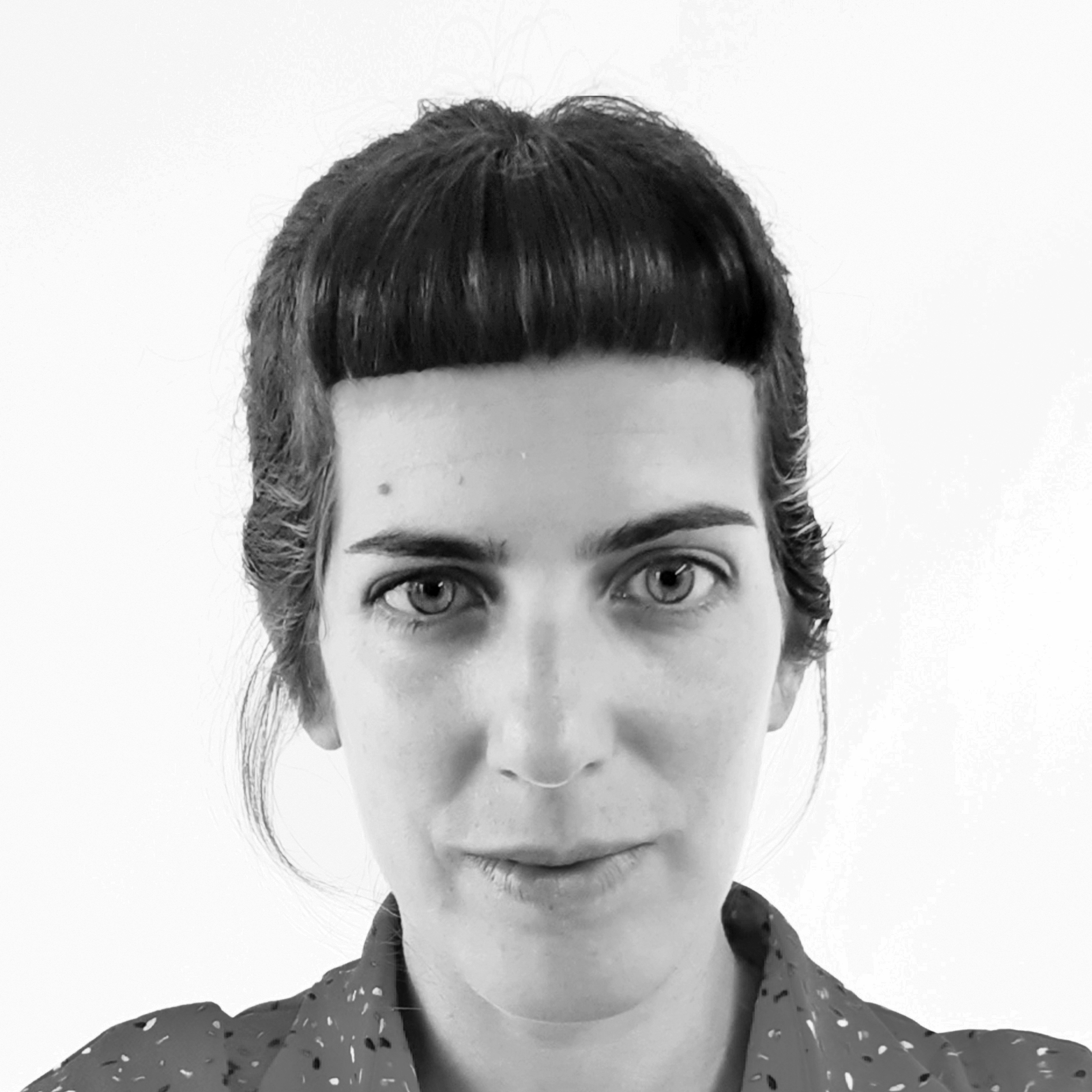
Shany Barath is an Assistant Professor in the faculty of Architecture and Planning at the Technion IIT where she leads the D.DLAB research facility that develops data-driven computational design and digital materiality through the fabrication of and with materials. Merging academia and practice as the co-founder of SHAGA Architects, she is involved in large-scale commissions integrating computational methodologies with analysis and simulation engines for design applications. She is Co-PI in the HORIZON2020 consortium of the ECOLOPES research project developing building envelopes for multi-species habitation and was previously Studio Master and Program Head at the Architectural Association in London.
329 – Toolpath Simulation, Design and Manipulation in Robotic 3D Concrete Printing
Tuesday 30 March, 16:15, Session 4B
Luca Breseghello, CREATE – University of Southern Denmark
Sandro Sanin, University of Innsbruck
Roberto Naboni, CREATE – University of Southern Denmark
Digital fabrication is blurring the boundaries between design, manufacturing and material effects. More and more experimental design processes involve an intertwined investigation of these aspects, especially when it comes to additive techniques such as 3D Concrete Printing (3DCP). Conventional digital tools present limitations in the description of an object, which neglects material, textural, and machinic information. In this paper, we exploit the control of extrusion-based 3D printing via programmed layered toolpath as a design method for enhancing the control of the manufactured architectural elements. The paper presents an experimental framework for design, analysis and fabrication with 3DCP, developing a system for materializing interdependencies between geometry, material, performance. This is applied to a series of architectural artefacts which demonstrate the advantages and possibilities opened by the introduced workflow, expanding the design process towards higher control on the objects buildability, structural integrity and aesthetic.

Luca Breseghello is a doctoral researcher at the University of Southern Denmark (SDU). Member of the CREATE Group, his interdisciplinary research focuses on developing design and fabrication workflows that exploit Additive Manufacturing to challenge conventional concrete construction. He holds an M.Sc. Arch. at Politecnico di Milano and he has teaching and research experience at the same university. He has worked at GXN, the innovation branch at the architecture firm 3XN/GXN in Copenhagen, taking part in experimental research such as Blade Runner in collaboration with Odico, and large-scale architectural projects such as the Sydney Fish Market in Sydney (2017).
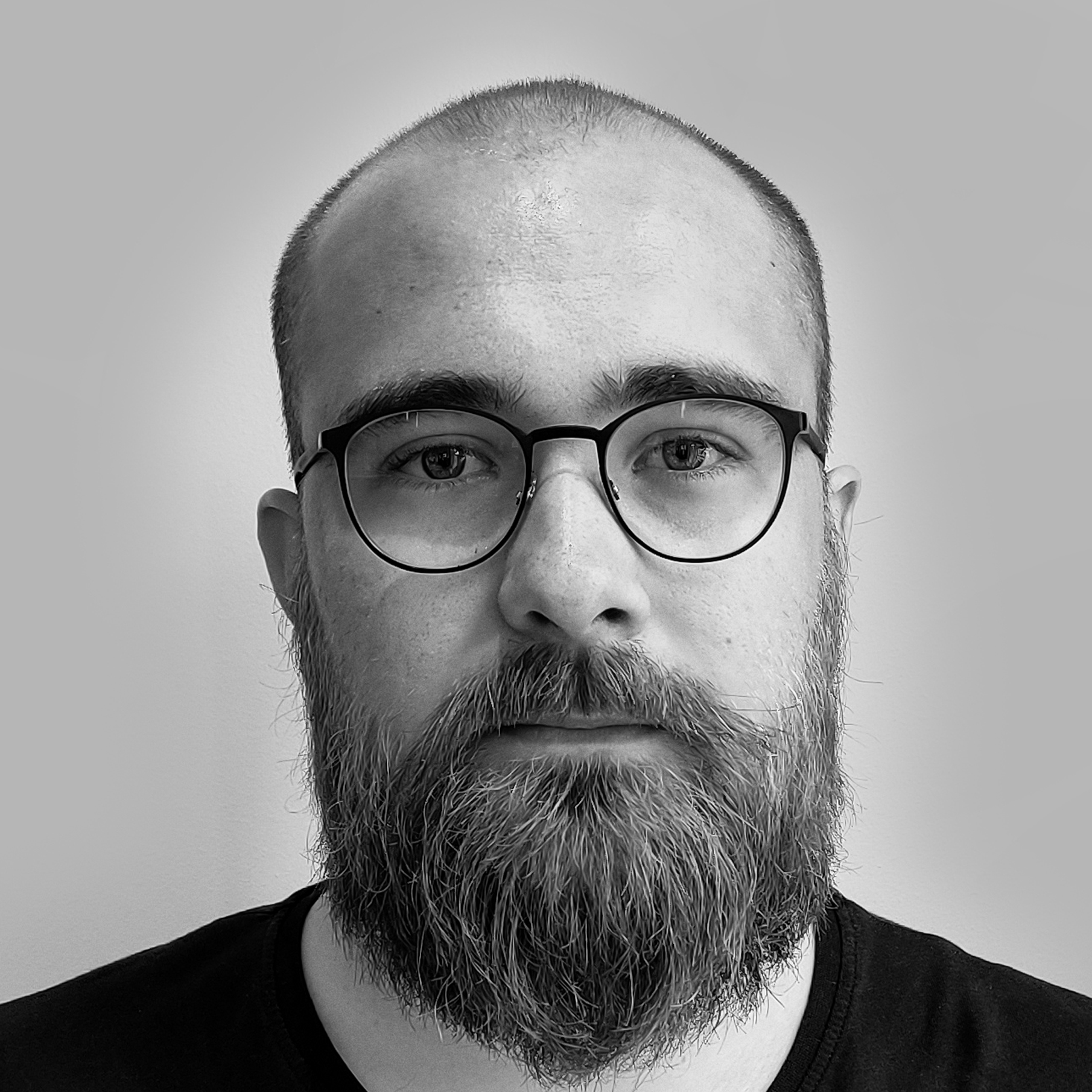
Sandro Sanin is a master student in Architecture at the University of Innsbruck. His interest lies in computational design and in the development of digital workflows for digital fabrication processes. He collaborated in a 3D Concrete Printing research project at REX|LAB in Innsbruck (2017) and then joined incremental3d, an austrian-based company specialized in 3DCP. He holds a B.Sc. in Architecture from the University of Innsbruck and has teaching experience as a student assistant at the same university and at the University of Southern Denmark (SDU) for the CREATE Summer School 2020.

Roberto Naboni, (PhD. Hons, Architect) is an Associate Professor in Computational Design and Digital Fabrication at the University of Southern Denmark (SDU) where he leads CREATE, the group for Computational Research in Emergent Architectural Technology. His research, published in 50+ books, journals and conferences, focuses on evolving experimental architecture and design employing integrated design, advanced manufacturing and novel material systems. He previously founded ACTLAB at Politecnico di Milano, and collaborated with international research centres, architectural firms, and tech companies such as ICD/ITKE Stuttgart, AA School, Skidmore Owings and Merrill, Enric Miralles & Benedetta Tagliabue Associates, Stefano Boeri Studio, Odico.
368 – Object Recognition and User Interface Design for Vision-Based Autonomous Robotic Grasping Point Determination
Tuesday 30 March, 16:30, Session 4B
FANG-CHE CHENG, National Cheng Kung University
CHIA-CHING YEN, National Cheng Kung University
TAY-SHENG JENG, National Cheng Kung University
The integration of Robot Operating System (ROS) with Human-Machine Collaboration (HMC) currently represents the future tendency toward Autonomous Robotic In-Situ Assembly on Construction Sites. In comparison with the industrial environment, construction sites nowadays are extremely complex and unpredictable, due to the different building components and customized design. This paper presents a visual-based object recognition method and user interface enabling on-site robot arms to autonomously handle building components, to build specific designs without the influence of material, shape, and environment. The implementation is an object recognition approach that serves with KUKA industrial robotic manipulator along with an RGB-depth stereo camera in an eye-in-hand configuration to grasp and manipulate found elements to build the desired structure. Opportunities for using vision-based autonomous robotic in-situ assembly on construction sites are reviewed.

Fang-Che Cheng received the B.S. degree in Architecture from Feng Chia University, Taichung, Taiwan in 2015, the dual M.A. degree in Architecture from the Tung Hai University, Taiwan and CEU San Pablo University at Madrid, Spain, 2017, and a Ph.D. student now in Architecture of National Cheng Kung University, Tainan, Taiwan. He is a lecturer in Architecture Department and works as a Project Manager in workspace RAC-Coon, a lab for robotic construction based at National Cheng Kung University. His research interests include Digital Fabrication, Biomimicry, and Robotics Fabrication Design.

Chia-Ching Yen is an architect and programmer with a passion for developing fabrication-informed design methods. He obtained his Bachelor of Architecture degree from National Cheng Kung University in Taiwan in 2015. In 2020, he graduated with Student Award from Master of Science in Digital and Material Technology at Taubman College, University of Michigan. During his study in Michigan, he focuses on developing the computational framework for robotic timber assembly. Now he works as an architect technician in workspace RAC-Coon, a lab for robotic construction based at National Cheng Kung University.
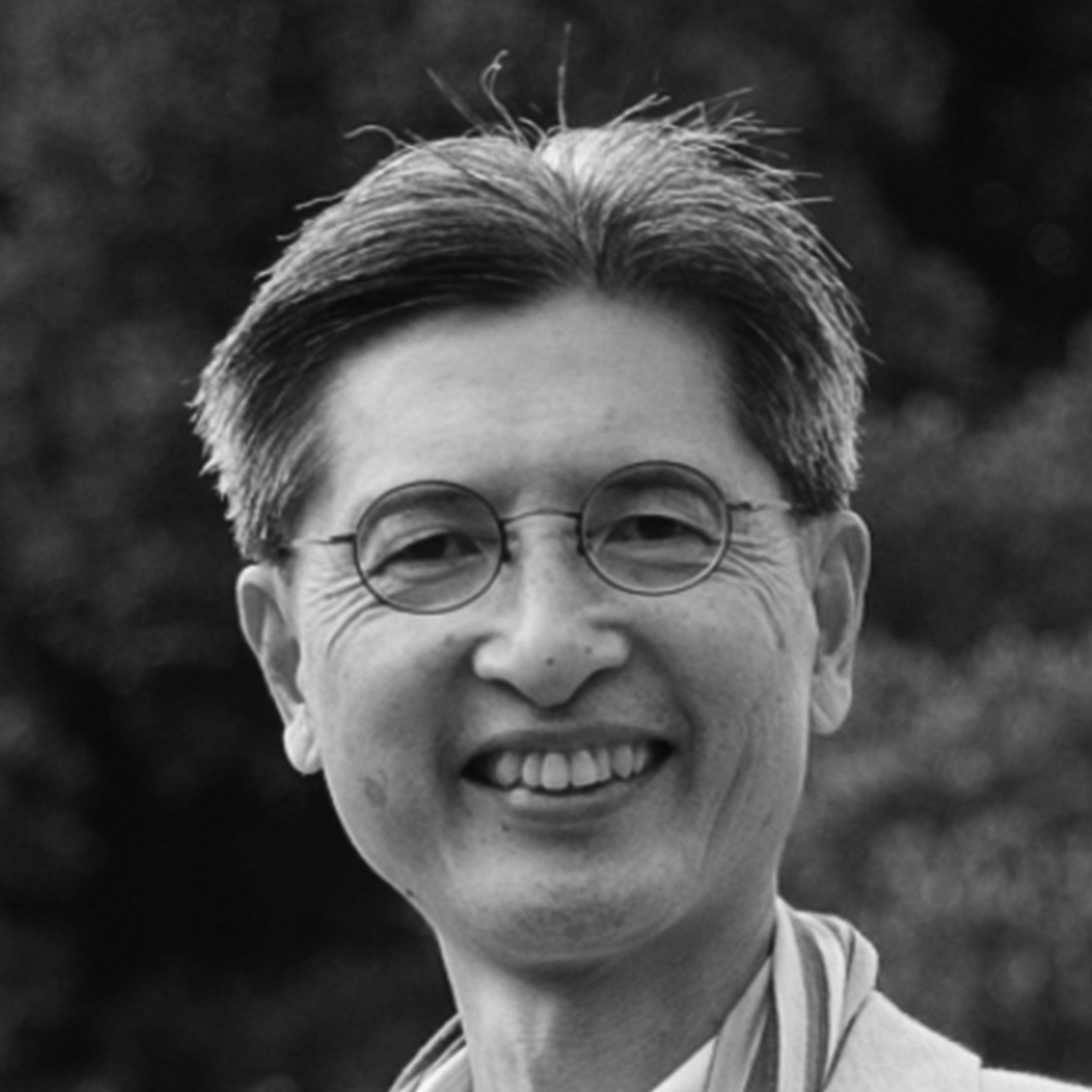
Taysheng Jeng received the B.S. degree in Architecture from National Cheng Kung University, Tainan, Taiwan, in 1986, the M.A. degree in Architecture from the University of California at Los Angles, in 1993, and the Ph.D. degree in Architecture from Georgia Institute of Technology, Atlanta, Georgia in 1999. He is a Professor of the Department of Architecture and the Dean of College of Planning and Design, National Cheng Kung University in Taiwan. His research interests include BIM, Smart Buildings, and Interaction Design.
144 – Robo-Sheets: Double-Layered Structure Based on Robot-Aided Plastic Sheet Thermoforming
Tuesday 30 March, 16:45, Session 4B
Lufeng Zhu, TU Darmstadt
Bastian Wibranek, TU Darmstadt
Oliver Tessmann, TU Darmstadt
Computational design, in combination with robotic fabrication, allows the exploration of complex geometrical differentiation. Notably, thermoplastic sheet materials offer great potential for explorations in robotic fabrication due to their mailable qualities. However, the production of complex shapes from flat-sheet-thermoplastic materials usually depends on molds or on time-consuming procedures. This paper introduces a workflow for the design and fabrication of a double-curved surface made from plastic sheets, which develops a self-supporting structure through using robot-aided one-punch thermoforming. The thickness of a double-curved surface is optimized by applying the Finite Element Method. Notably, forming thermoplastic into a minimal surface strengthens its mechanical properties and this takes a relatively short period of time. According to the relationship between moment and stress in section, two connected minimal-surfaces form a three-dimensional I-profile, making it possible to construct a highly material-efficient structure. Unlike the normal form-finding process, the structure is not limited to compression-only geometry. Compared to thermoforming methods such as Single Point Incremental Forming (SPIF), our one-punch forming process described in this paper shows demonstrates high precision while being less time-consuming. Here, we present a one-to-one scale working prototype as proof of our approach.
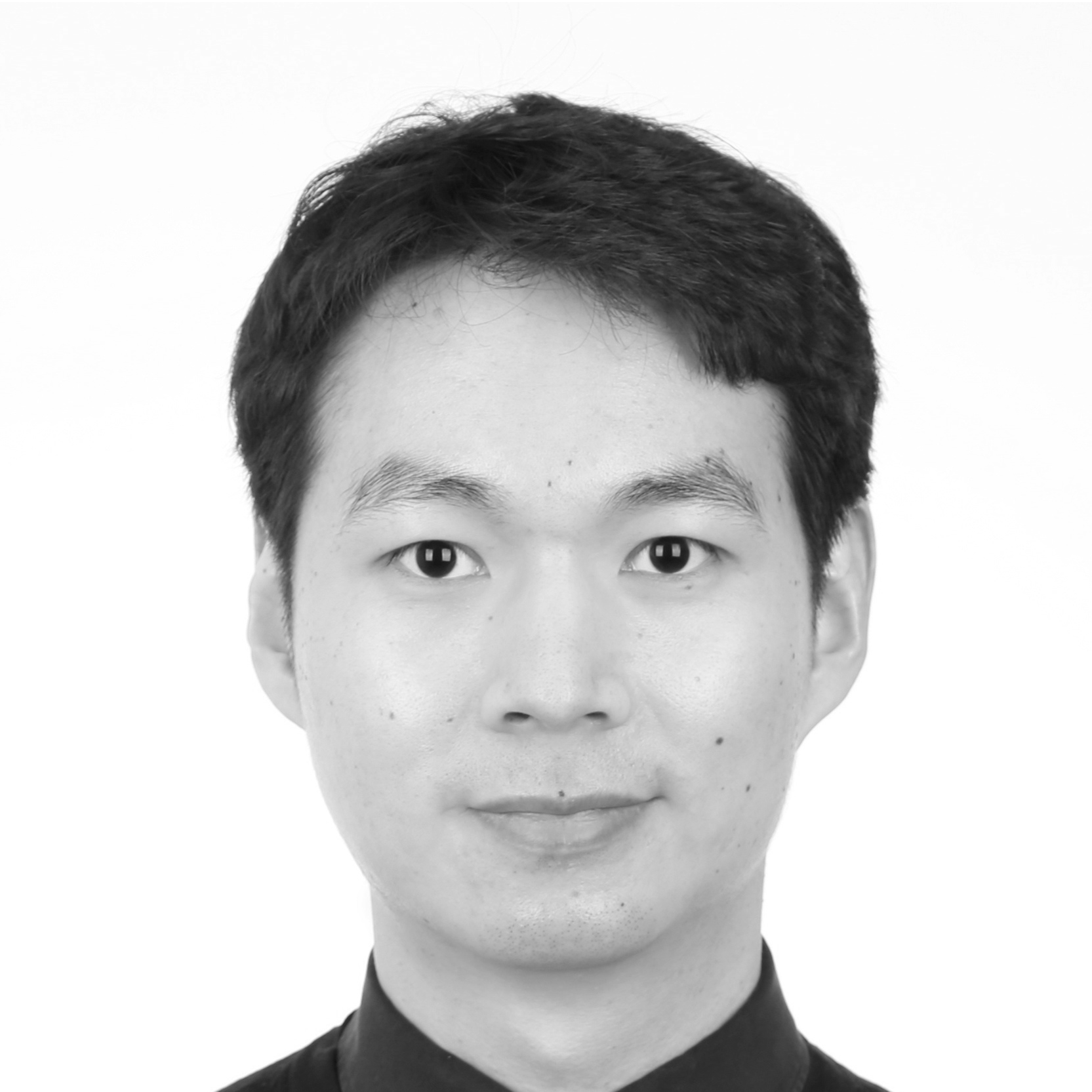
Lufeng Zhu, studied Engineering Mechanics at Tongji University from 2008 to 2013; studied Architecture at TU Darmstadt in Germany from 2013 to 2021. Interested in parametric design and robotic fabrication. Now works at RoboticPlus.AI in Shanghai as a parametric architect.
226 – Developing a Correcting Tool for Interactive Fabrication Process
Tuesday 30 March, 17:00, Session 4B
Yu-Cyuan Fang, National Yunlin University of Science and Technology, Taiwan
Teng-Wen Chang, National Yunlin University of Science and Technology, Taiwan
Chi-Fu Hsiao, National Yunlin University of Science and Technology, Taiwan
Chun-Yen Chen, National Yunlin University of Science and Technology, Taiwan
This paper will propose the integration of multi-view stereo and time of flight technologies and components. Through the spatial point cloud sensor, the changes of objects in the space are converted into digital point clouds, which are feedback on the virtual interface. To make the virtual and physical will continuously communicate and feedback in space, which we established a correction tool for the integration of virtual and physical. The agent-based sensor computing method combines the fabrication process of visual sensors and behavior, from virtual object control to fabrication machines. In this tool, users can explain the reasons for design decisions by visualizing process and process-related information. It allows virtual and physical previews and feedback in real time, and finds out the differences between the two and makes real-time corrections. Solved the correction problem of coexistence.
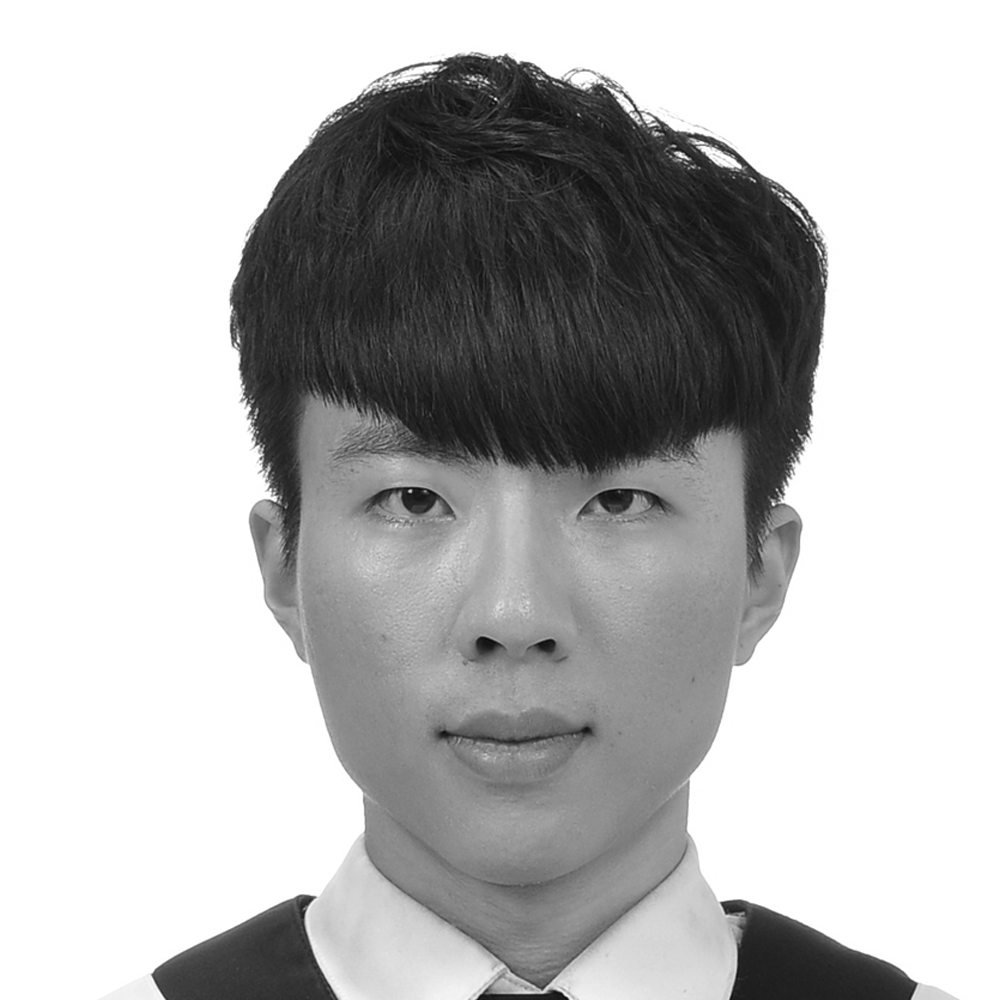
Yu-Cyuan Fang received his B.S. degree in Department of Education Industry and Digital Media from National Taitung University, Taitung, Taiwan, in 2019. He is currently studying for an M.S. in the Department of Digital Media Design at National Yunlin University of Science and Technology. His research interests include data visualization, mixed reality, and interactive design.

Teng-Wen Chang received his Ph.D. degree at the University of Adelaide, Australia, in 1999. He received his M.Arch. at the University of Pennsylvania, USA, in 1993 and his M.S. degree in computational design at Carnegie Mellon University, USA, in 1995. He is currently a professor in the Dept. Digital Media Design, Director of SOFTLab and Idea Factory at National Yunlin University of Science and Technology, Taiwan. His current interests are boundaryless design environments, human machine interaction, sensible intelligent machine, design space exploration.
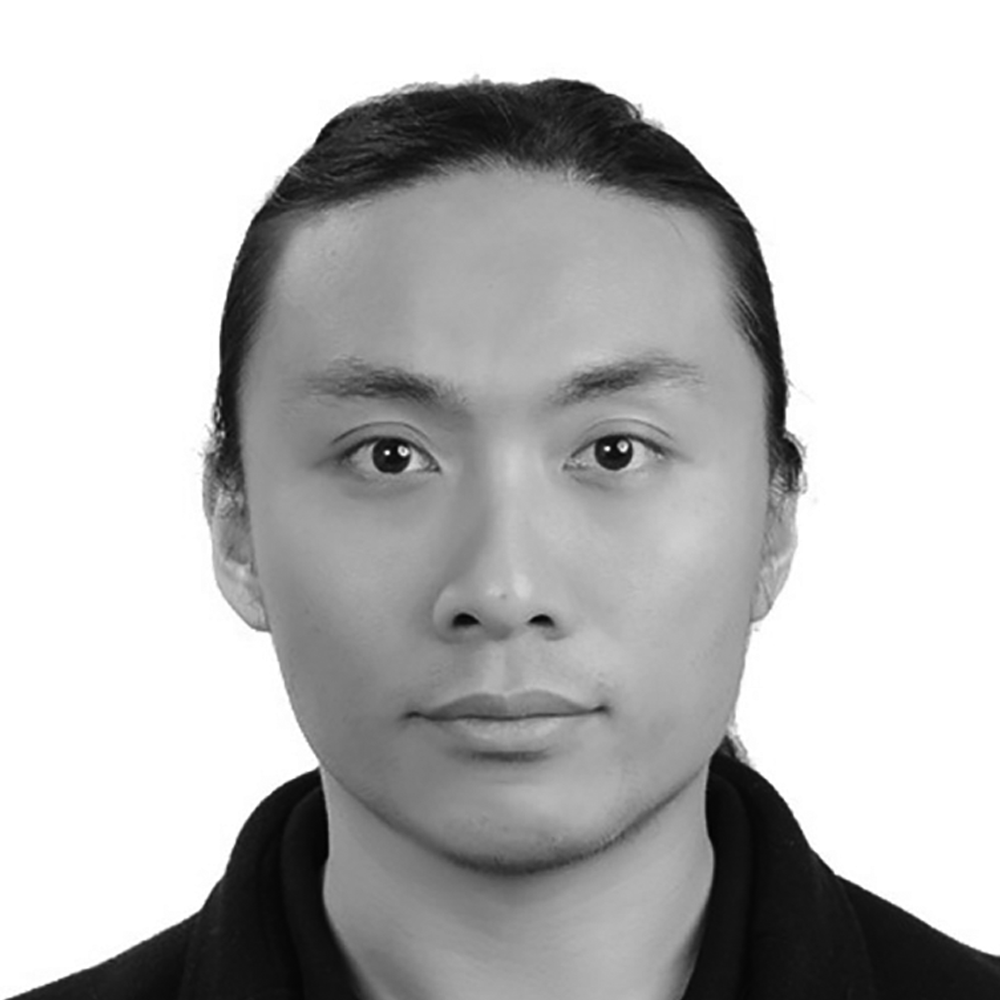
Chi-Fu Hsiao received his B.S., M.S., and Ph.D. degrees from Tamkang University, R.O.C, in 2004, 2006, and 2014, respectively. From 2015 to 2017, he was an assistant professor at Tamkang University. Since 2018, he has been an assistant professor at National Yunlin University of Science and Technology. His research interests are in computer aided architecture, digital fabrication, and sensors.
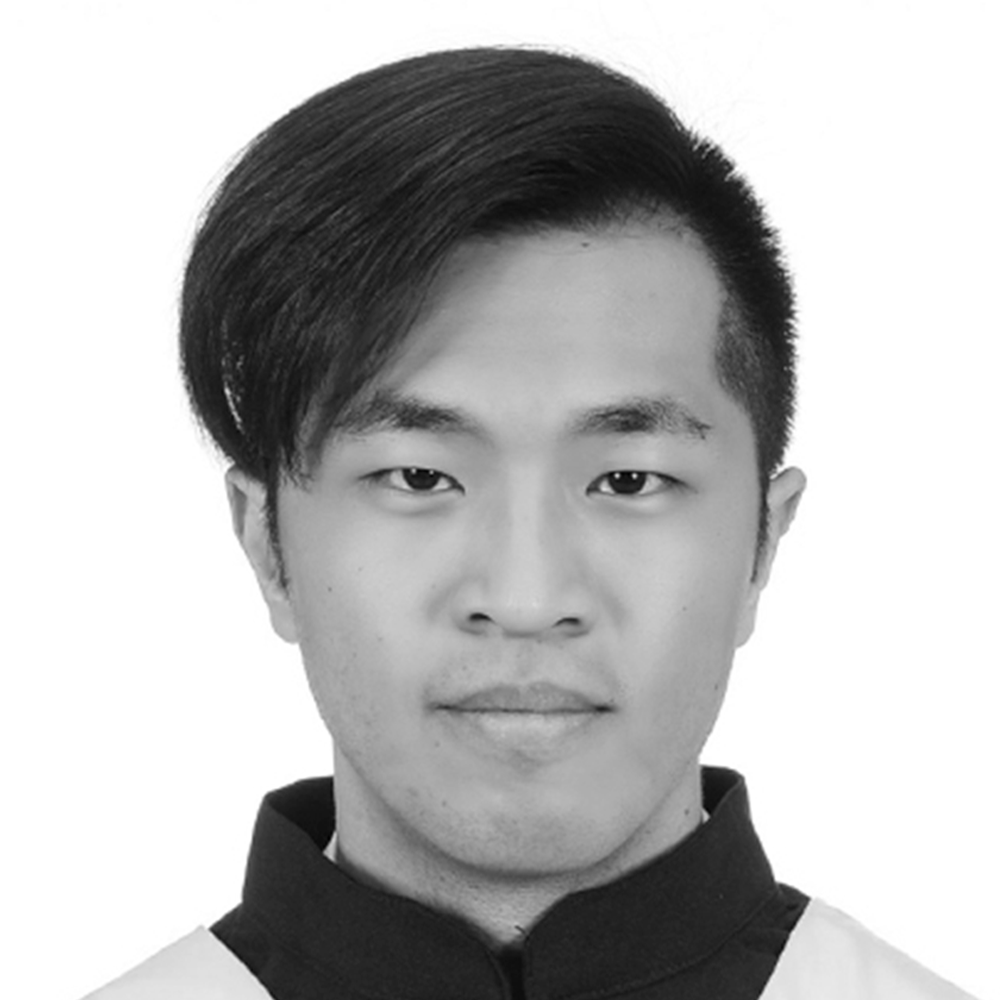
Chun-Yen Chen received his B.S. degree in digital media design from National Yunlin University of Science and Technology, Yunlin, Taiwan, in 2016. He is currently studying for an M.S. in the Department of Digital Media Design at National Yunlin University of Science and Technology. His research interests include robotics, mixed reality, digital fabrication, and interactive design.